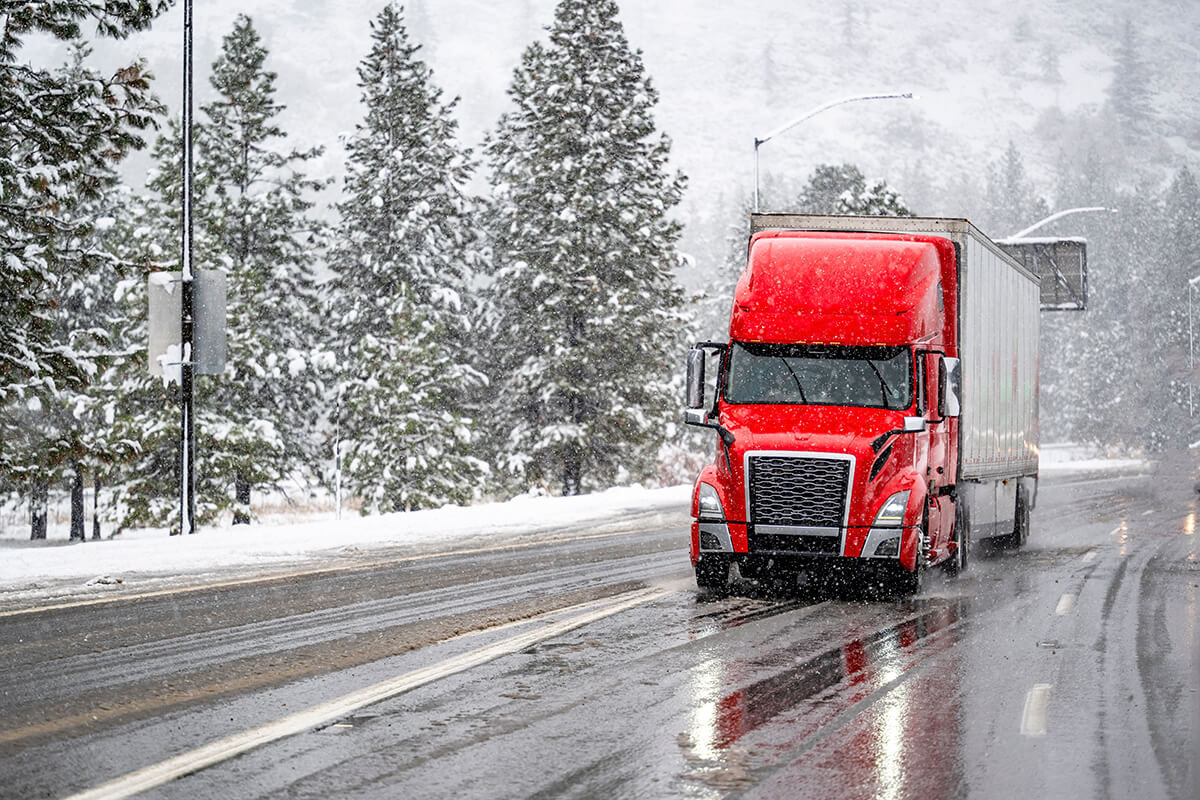The holiday season massively increases demand for goods, leading to a busy and sometimes chaotic time for warehousing and logistics companies. This surge in shopping creates much pressure on the entire supply chain, often resulting in delays. Here’s a look at some of the main reasons behind holiday shipping delays.

Warehouse Issues
High Order Volumes
Consumer demand skyrockets during the holidays. Black Friday, Cyber Monday, and the lead-up to Christmas mean that warehouses and fulfillment centers face much higher order volumes than usual. This spike in demand can strain even the most efficient operations as orders pile up faster than they can be processed, picked, packed, and shipped. Handling these high volumes requires increased labor and resources, which can be challenging to scale quickly.
Labor Shortages
The holiday season brings a need for more workers, but finding and training seasonal employees can be tough. Many warehouses and shipping companies rely on seasonal workers to handle the holiday rush. However, labor shortages can make it difficult to hire and train enough staff to keep up with the workload. Without enough workers, order processing slows down, leading to delays. The temporary nature of these jobs can result in a less experienced workforce, which can also impact efficiency.
Inventory Management Challenges
Warehouses may struggle to keep up with inventory demands during the holidays. Increased order volume means that popular items may sell out quickly, leading to restocking issues and delays in fulfilling orders. Inventory tracking or demand forecasting errors can lead to overstock or understock situations. Managing a well-organized inventory is essential to ensure products are available and ready for shipment, but the holiday rush can disrupt these processes.
Logistics Challenges
Supply Chain Disruptions
During the holidays, any small disruption in the supply chain can have a ripple effect, leading to larger delays. This can include issues like supplier shortages, customs delays for international orders, and equipment failures. When one part of the supply chain is delayed, it often affects the entire process, especially during the holiday season when there is little room for error.
Shipping Carrier Capacity
Shipping carriers like UPS, FedEx, and USPS also face high demand during the holiday season. As their capacity becomes stretched, it can lead to delayed pickups and longer delivery times. Even if a warehouse is processing orders efficiently, they may face delays if carriers are overwhelmed and unable to pick up or deliver packages on time. This bottleneck can impact every part of the supply chain, especially when carriers reach their maximum capacity.
Weather-Related Delays
Winter weather conditions, such as snowstorms or icy roads, can cause transportation disruptions. Poor road conditions or airport closures may delay trucks carrying goods from warehouses to distribution centers or directly to customers. While weather is unpredictable, it is often a factor that causes holiday shipping delays.
How Businesses Can Manage Holiday Shipping Delays
- Have a plan: Anticipate holiday demand early and communicate shipping deadlines clearly to customers.
- Increase inventory levels: Ensure popular items are well-stocked in advance to prevent stockouts.
- Partner with multiple carriers: Spread shipping across multiple carriers to avoid bottlenecks.
As the holiday season approaches, clear communication and effective inventory management will be key to delivering a smooth and efficient shopping experience for customers. By keeping your customers informed about shipping deadlines and potential delays, you can build trust and confidence in your brand, even during the busiest time of the year.




